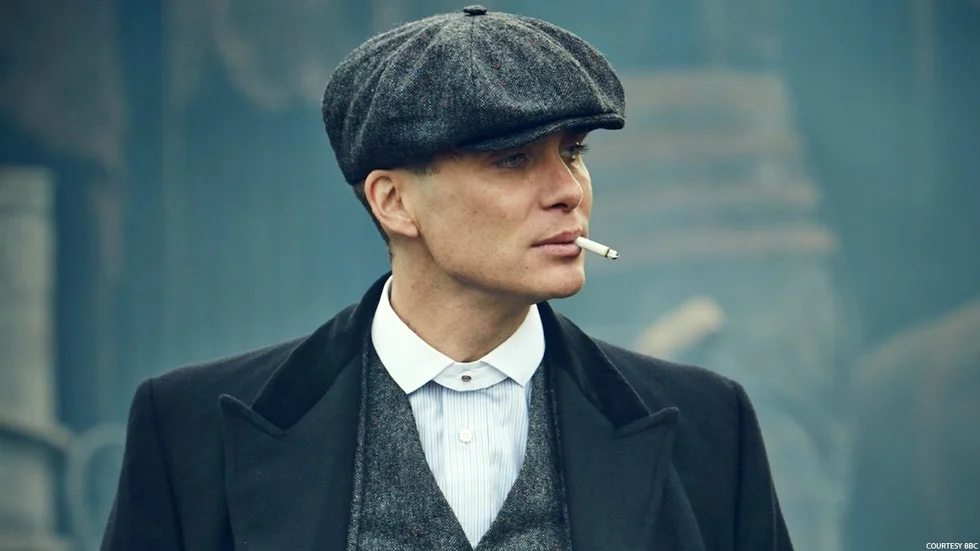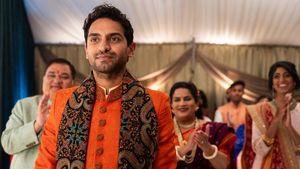Peaky Blinders, the popular BBC series that ran from 2013-2022, has and wants nothing to do with Republican presidential candidate Ron DeSantis.
The anti-LGBTQ+ politician came under fire recently for using clips of the hit show in a bizarre attack ad against former president Donald Trump and his previous "pro"-LGBTQ+ stances.
While the show was quick to distance itself from the conservative, there really wasn't much connecting them in the first place. In fact, any surface dive into the series paints it as something the Florida governor probably wouldn't enjoy at all.
For starters, Peaky Blinders is set in 1920s England. While shows such as Bridgerton have gained popularity for giving a glimpse into the lives of British elites, Peaky Blinders has earned acclaim for showing the underbelly of British society, following the struggles and misdeeds of young gang members.
The Peaky Blinders were a real street gang in Birmingham, active after the first World War. The series is loosely based on the youths who were involved in the crime ring, including the show's protagonist and the gang's leader, Tommy Shelby, who is believed to be based on Kevin Mooney, aka Thomas Gilbert, who was the real-life leader of the group at their height.
The gang was comprised of many Irish and Romani youths — ethnic minorities who were discriminated against in England at the time. In its later seasons, the Peaky Blinders face opposition from the British Union of Fascists and even Nazi groups as they become prominent in the years leading to World War II.
While the gang members themselves are no heroes, even they are opposed to some of the conservative extremism presented by their antagonists. Meanwhile, Florida Governor DeSantis has made a name for himself as a conservative crusader, severely restricting LGBTQ+ rights in the state by censoring queer lessons in classrooms K-12 and even state colleges, as well as implementing bans on transgender healthcare.
DeSantis, now a millionaire, also served in the United States Navy before beginning his political career. He was stationed at Guantanamo in 2006 and has been accused of overseeing the torture of inmates — and taking pleasure in it. He has always been in positions of wealth and power, truly embodying those who would be in direct opposition to the Peaky Blinders.
Yet the Florida governor's campaign used an image of Tommy Shelby in his campaign video, seemingly comparing himself to the youthful rebel. DeSantis' entire presidential campaign video bizarrely invokes internet memes and pop-culture references to paint himself as a badass, but he doesn't seem to understand the source material he's pulling from.
At one point in the series, Tommy Shelby poses as a double agent to infiltrate the British Union of Fascists, and reports their activity to the British government. While he eventually embraces the politics of the party to save himself, the decision leads to the destruction of his closest personal relationships, facilitating a seemingly never-ending quest for revenge.
DeSantis must've skipped that season, or (more likely) must've never watched the show in the first place. As the Peaky Blinders were a group who often clashed with law enforcement and fascists, they would likely be opposed to DeSantis and his politics.
And seeing as the Peaky Blinders were a group of young ethnic minorities, DeSantis probably wouldn't have been fond of them either.





















































































